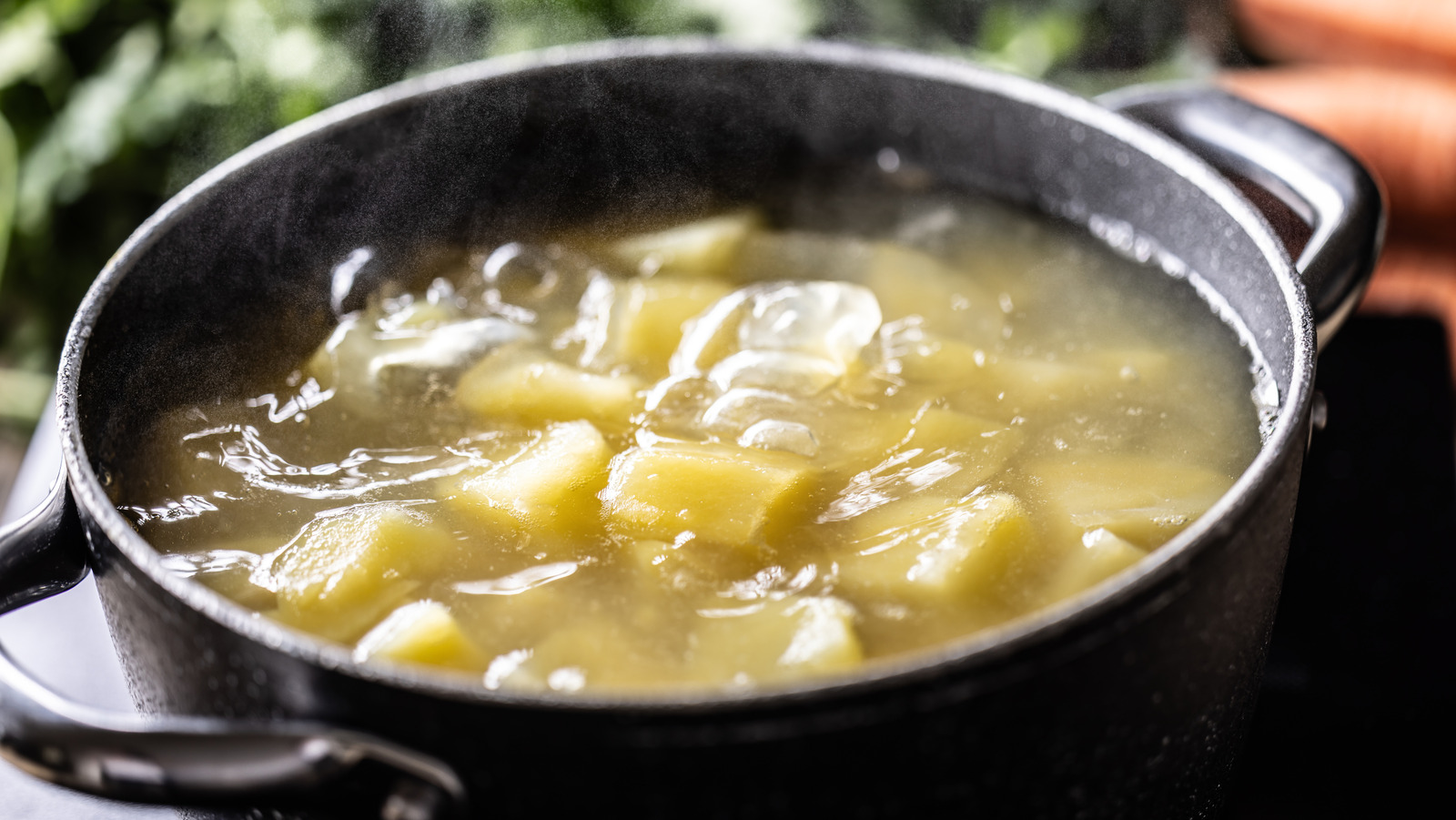Summary
Excessive salt intake, often exceeding WHO recommendations, is a major health concern in India, linked to hypertension, heart disease, and kidney problems. Hidden salt in packaged foods, table salt, and traditional foods contribute to the problem. Reducing salt involves mindful choices like cooking with fresh ingredients, checking labels, and avoiding high-sodium snacks.
Source: The Tribune India

AI News Q&A (Free Content)
Q1: What are the health risks associated with excessive salt consumption according to recent studies?
A1: Excessive salt consumption is linked to a higher risk of hypertension, cardiovascular diseases, and kidney disorders. Studies indicate that high salt intake can lead to increased blood pressure, which is a leading risk factor for cardiovascular diseases. In India, where the average salt intake is nearly double the WHO recommendation, this is a significant public health concern.
Q2: How does the World Health Organization's recommendation for salt intake compare with the average consumption in India?
A2: The World Health Organization recommends a maximum of 5 grams of salt per day. However, studies show that urban Indians consume around 9.2 grams per day, while in rural areas, the consumption is about 5.6 grams, both of which exceed the WHO guidelines. This high consumption is contributing to increased health risks across the population.
Q3: What historical significance does salt hold, and how has its consumption changed over time?
A3: Historically, salt has been a vital commodity due to its role in food preservation and flavor enhancement. Its significance is evident in various cultural traditions and historical events, such as wars and trade routes centered around salt. Despite its historical importance, modern consumption patterns, particularly in processed foods, have led to excessive intake, raising health concerns.
Q4: What are some hidden sources of salt in everyday diets, and how can individuals reduce their intake?
A4: Hidden sources of salt include processed foods like breads, cheeses, and canned soups. To reduce intake, individuals can cook with fresh ingredients, check food labels for sodium content, and avoid high-sodium snacks. Awareness about these hidden sources is crucial for managing salt consumption effectively.
Q5: What impact do low sodium salt substitutes have, and are they recommended for reducing salt intake?
A5: Low sodium salt substitutes can be effective in reducing overall sodium intake. These substitutes often replace some sodium with potassium or magnesium. While studies indicate potential benefits, there are concerns for individuals with renal issues, underscoring the need for personalized dietary advice.
Q6: What are the potential economic and health benefits of reducing salt intake in India?
A6: Reducing salt intake could prevent approximately 214,000 cardiovascular deaths annually in India. The economic benefits include reduced healthcare costs associated with treating hypertension and related diseases. Public health initiatives focusing on salt reduction could thus have a significant positive impact on both health outcomes and economic savings.
Q7: How effective are policy interventions like salt warning labels in reducing salt consumption?
A7: Policy interventions, such as salt warning labels on packaged foods and restaurant menus, have shown promise in reducing salt consumption. Studies conducted in the UK indicate that these labels can effectively communicate the health risks associated with high salt intake, influencing consumer behavior towards healthier choices.
References:
- Health effects of salt
- , "Salt warning labels in the out-of-home food sector: online and real-world randomised controlled trials in the UK.
- , "Excessive salt consumption is fuelling a silent epidemic in India with people at increased risk of hypertension, stroke, heart disease, and kidney disorders, according to scientists from ICMR's National Institute of Epidemiology.
- , "In terms of health, while salt is critical for survival, high salt intake leads to high blood pressure, cardiovascular diseases (CVD) and kidney diseases.
- , "While the permissible amount of salt consumption, as prescribed by the World Health Organisation, is 5 gm a day per person (2,000 mg of sodium or about a teaspoon of salt), several studies have pointed to how Indians consume more than double the amount, posing risks of hypertension, stroke and heart diseases.
- , "Salt (also called common salt) is one of the most common ingredient used in our food, especially for adding salty flavour and for preservation.





